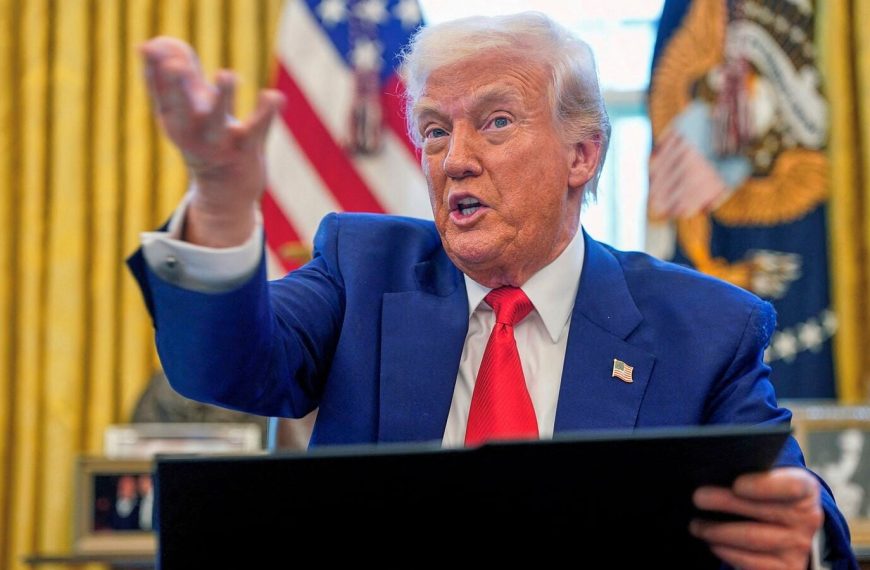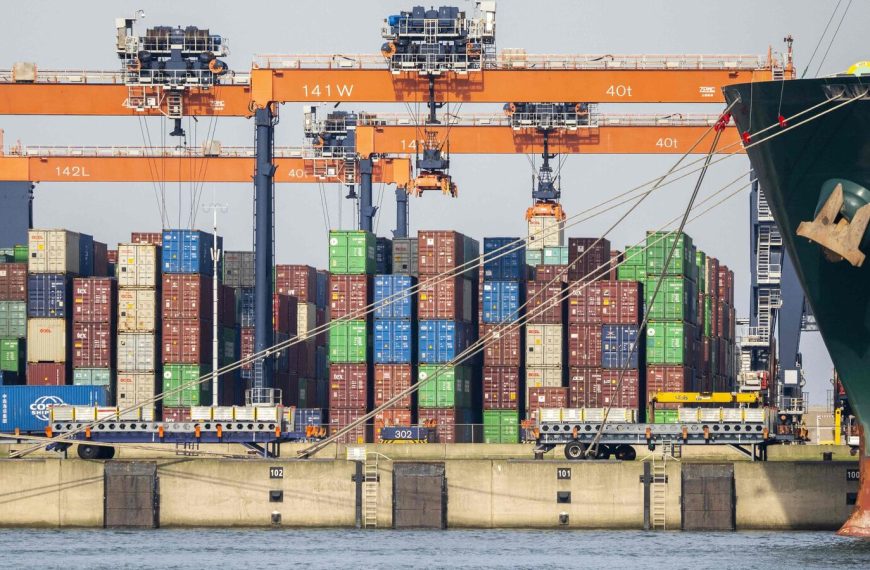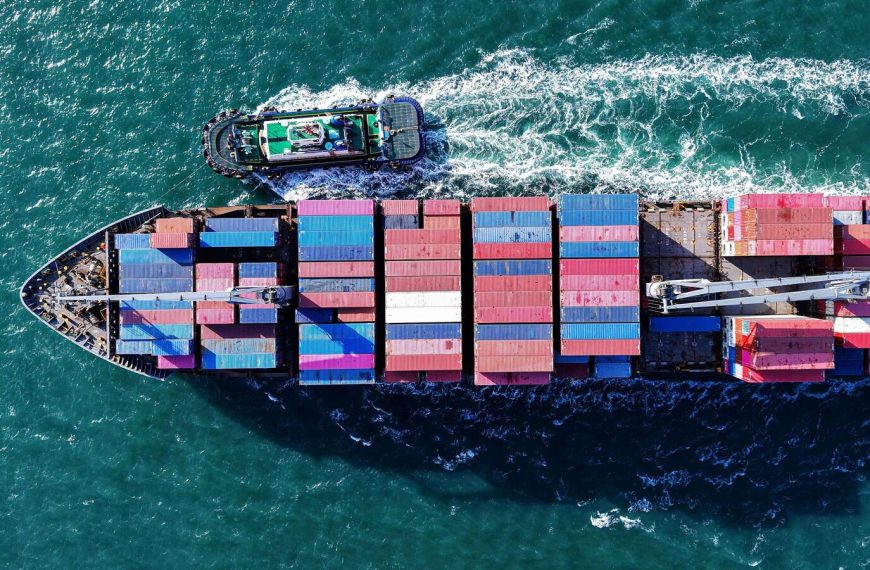On Wednesday, President Donald Trump is set to unveil a significant tariff initiative aimed at transforming global trade practices. This announcement will take place in the picturesque setting of the White House Rose Garden, as confirmed by Karoline Leavitt, the White House Press Secretary. The event promises to shed light on a new approach to tariffs that targets specific countries and seeks to address long-standing trade imbalances affecting the United States.
Key Details About the Tariff Announcement
Leavitt emphasized that the president’s strategy will focus on “country-based” tariffs, although she mentioned that sectoral duties are also on the agenda for the future. While the specifics of these tariffs remain under wraps, the administration is committed to enacting changes that support American interests and manufacturing.
- Date of Announcement: April 2
- Location: White House Rose Garden
- Key Attendees: Members of Trump’s Cabinet
Goals of the Tariff Plan
During a briefing, Leavitt articulated that the upcoming tariff plan aims to rectify unfair trade practices that have historically disadvantaged the U.S. She stated, “It’s time for reciprocity, and a president needs to take bold steps to protect American interests.” This initiative is viewed as a pivotal element of Trump’s broader strategy to enhance U.S. manufacturing capabilities and generate revenue through tariffs to support domestic initiatives, including substantial tax cuts.
Concerns About Economic Impact
Despite the ambitious nature of this tariff plan, concerns are growing regarding its potential impact on supply chains and consumer prices in the U.S. The uncertainty surrounding these policies has already contributed to a noticeable decline in stock market performance, with worries that heightened tariffs could lead to increased costs for everyday consumers.
- Potential Risks: Disruption of supply chains
- Market Reactions: Ongoing selloff on Wall Street
What’s Next?
As the announcement draws closer, Leavitt has refrained from disclosing the specific rates of the reciprocal tariffs or which countries will be most affected. Notably, she clarified that there are currently “no exemptions,” meaning that products essential to American farmers may not be shielded from these new duties.
By targeting nations like the European Union, Japan, India, and Canada, the administration aims to send a strong message about the need for fair trade practices. As April 2 approaches, the business community and consumers alike await further details on how these tariffs will shape the U.S. economic landscape moving forward.
In conclusion, President Trump’s forthcoming tariff strategy is positioned to reshape global trade dynamics, but the consequences may ripple through the economy in unexpected ways. As always, staying informed will be crucial for navigating these changes.











